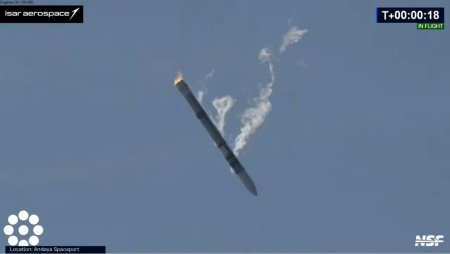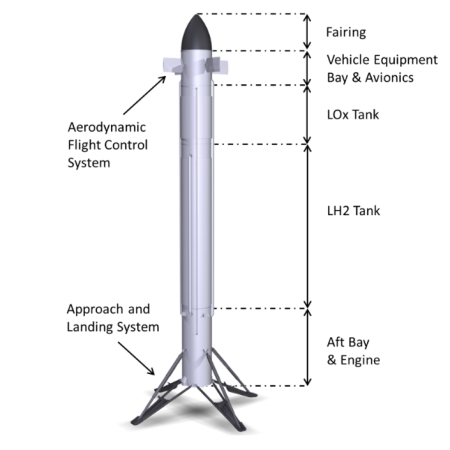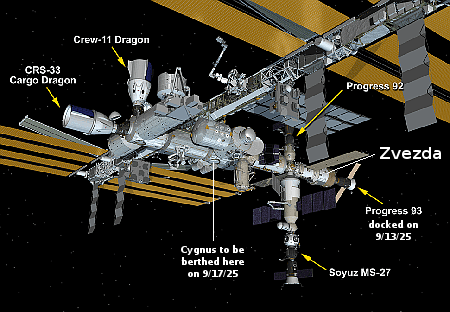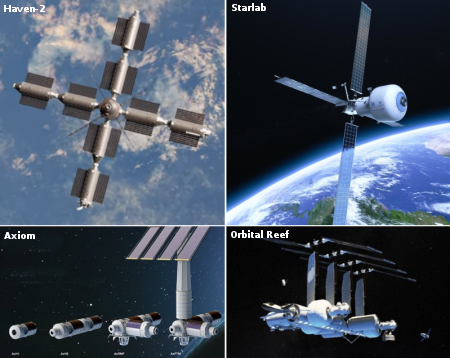September 16, 2025 Quick space links
Courtesy of BtB’s stringer Jay. This post is also an open thread. I welcome my readers to post any comments or additional links relating to any space issues, even if unrelated to the links below.
- Axiom touts the testing of the thrusters it wants to use on its first station module
This is their eighth iteration of the thrusters.
- Space Pioneer also touts successful static fire test of the Tianlong-3 first stage
This company had a first stage launch itself during a static fire test in 2024. Jay says they doubled the number of hold-down clamps for this test.
- Satellite startup Astranis signs Impulse Space to use its Helios tug for a 2027 launch
SpaceX will put both into orbit on a Falcon 9, and then Helios will put the six satellites into their final orbits.
- Amazon touts its Kuiper manufacturing process in Washington state and in Florida
It claims it is now producing five satellites a day.
- An attempt to compare the re-entry and landing burn timings between China’s Long March 10 rocket and SpaceX’s Falcon-9
Speculative. They used the timings during the Long March 10 static fires.
- On this day in 2017 Cassini orbiter ended its mission, burning up in Saturn’s atmosphere
The video at the link has some nice imagery from the mission, along with sci-fi-style graphics, dramatic music, and overheated narration.
Courtesy of BtB’s stringer Jay. This post is also an open thread. I welcome my readers to post any comments or additional links relating to any space issues, even if unrelated to the links below.
- Axiom touts the testing of the thrusters it wants to use on its first station module
This is their eighth iteration of the thrusters.
- Space Pioneer also touts successful static fire test of the Tianlong-3 first stage
This company had a first stage launch itself during a static fire test in 2024. Jay says they doubled the number of hold-down clamps for this test.
- Satellite startup Astranis signs Impulse Space to use its Helios tug for a 2027 launch
SpaceX will put both into orbit on a Falcon 9, and then Helios will put the six satellites into their final orbits.
- Amazon touts its Kuiper manufacturing process in Washington state and in Florida
It claims it is now producing five satellites a day.
- An attempt to compare the re-entry and landing burn timings between China’s Long March 10 rocket and SpaceX’s Falcon-9
Speculative. They used the timings during the Long March 10 static fires.
- On this day in 2017 Cassini orbiter ended its mission, burning up in Saturn’s atmosphere
The video at the link has some nice imagery from the mission, along with sci-fi-style graphics, dramatic music, and overheated narration.










